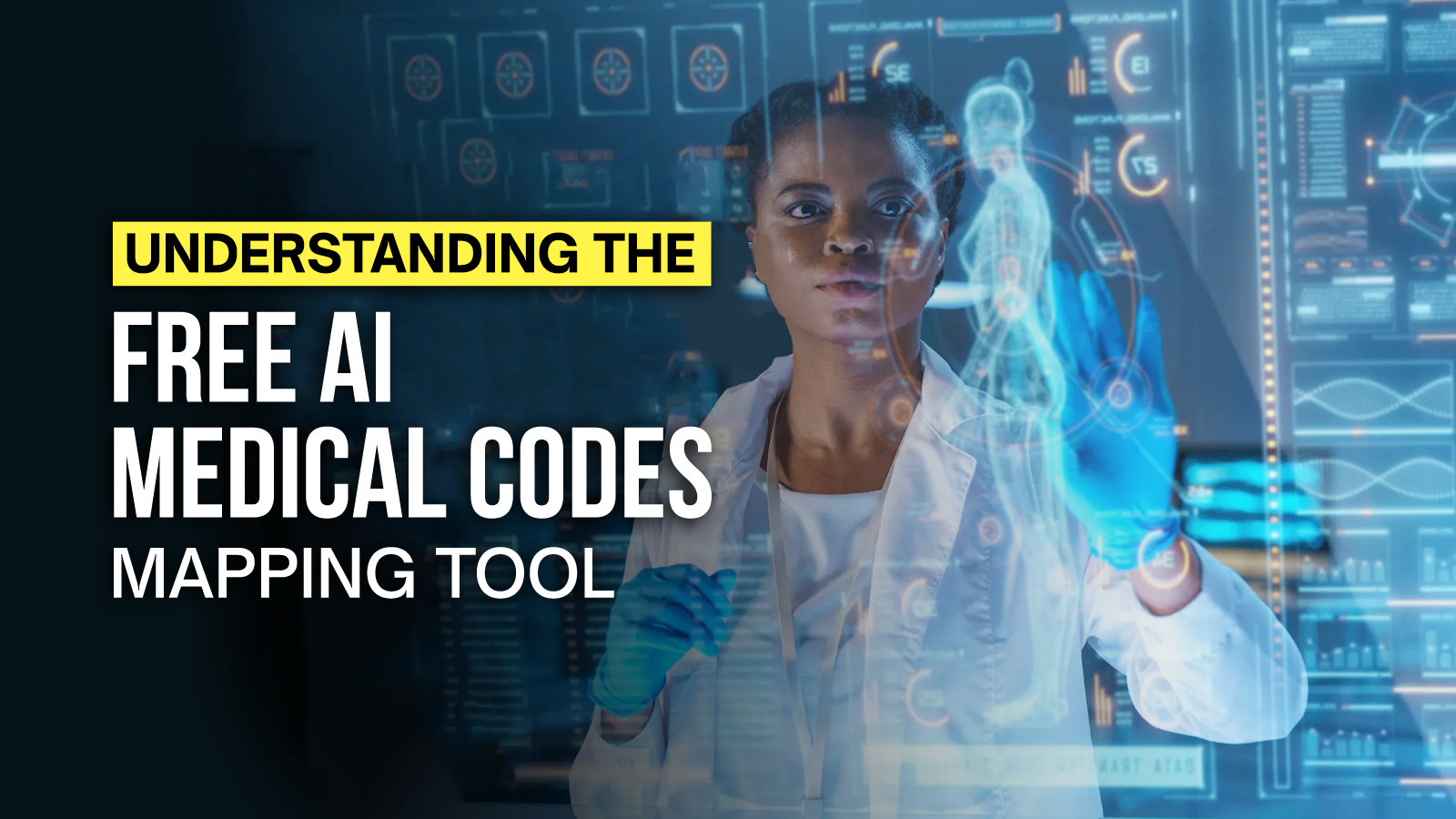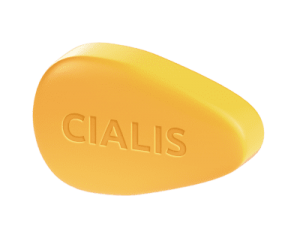In today’s fast-paced healthcare industry, efficiency and accuracy are not just goals—they are necessities. Medical professionals, coders, and healthcare organizations spend countless hours assigning the correct codes for diagnoses, treatments, and procedures. This process, known as medical coding, is essential for billing, record-keeping, and patient data analysis. However, manual coding can be tedious and prone to error. That’s where Artificial Intelligence (AI) steps in. The free AI medical coding tool is revolutionizing this process by automating and simplifying code mapping across various healthcare systems.
Understanding Medical Coding in Healthcare
Medical coding translates complex medical data into universal alphanumeric codes. These codes are vital for:
- Insurance claims and reimbursements
- Hospital management systems
- Patient record tracking
- Healthcare data analytics
Common coding systems include ICD-10 (International Classification of Diseases), CPT (Current Procedural Terminology), and SNOMED CT (Systematized Nomenclature of Medicine). Each serves a specific purpose, and together they ensure uniformity across the healthcare sector.
Manually mapping clinical terms to these codes requires both medical knowledge and attention to detail. Errors in this process can lead to claim denials, financial losses, and even data misinterpretation. This is why the introduction of AI-powered coding tools has become a game changer.
The Role of AI in Modern Medical Coding
Artificial Intelligence is transforming how healthcare data is processed and interpreted. By leveraging machine learning (ML) and natural language processing (NLP), AI can read and understand medical terminology just like a human—but faster and more accurately.
An AI medical coding tool can automatically analyze clinical notes, recognize relevant terms, and assign accurate codes. Over time, it learns from new data, continually improving its coding precision and efficiency.
The availability of free AI medical coding tools makes this technology accessible to healthcare professionals, researchers, and small organizations that may not have the resources to invest in expensive enterprise-level software.
How the Free AI Medical Coding Tool Works
The tool’s functionality is simple yet powerful. Here’s a breakdown of how it operates:
1. Data Input
Users start by entering clinical descriptions or text-based medical records into the system. This may include diagnosis notes, treatment summaries, or procedural details.
2. Text Processing and Analysis
Using NLP, the AI tool scans and interprets the text. It identifies key medical phrases, synonyms, and context—understanding whether the information relates to a diagnosis, symptom, or procedure.
3. Code Matching
After analysis, the AI compares the extracted terms against global medical coding databases, such as ICD-10 or CPT. It then provides the most accurate and relevant code suggestions.
4. User Validation
The suggested codes can be reviewed and confirmed by healthcare professionals. If corrections are made, the AI learns from them, improving future code mapping accuracy.
This combination of automation and adaptability makes the AI medical coding tool a reliable digital assistant for healthcare workers.
Key Features of the Free AI Medical Coding Tool
1. User-Friendly Interface
The tool is designed with simplicity in mind, making it accessible even to non-technical users. Inputting data and retrieving codes takes only a few clicks.
2. Multi-Code System Compatibility
It supports multiple coding standards like ICD-10, CPT, and SNOMED, making it globally applicable and useful across various healthcare systems.
3. Instant Code Generation
The AI processes data within seconds, providing immediate results and significantly reducing the time required for manual coding.
4. Smart Learning Algorithms
The tool improves over time. Each user interaction helps the AI learn, adapt, and deliver more accurate results.
5. Integration with EHR Systems
Some versions of the tool can integrate directly with Electronic Health Record (EHR) systems, ensuring seamless workflow and automatic code updates.
Benefits of Using the Free AI Medical Coding Tool
1. Enhanced Efficiency
AI dramatically reduces the time needed for coding. What used to take hours can now be completed in minutes, allowing healthcare staff to focus more on patient care.
2. Higher Accuracy
Human coders are skilled, but errors can occur under pressure or fatigue. The AI tool ensures consistent accuracy by cross-referencing thousands of codes instantly.
3. Cost-Effective Solution
Being a free tool, it offers significant financial savings while still delivering high-quality results—ideal for small clinics, startups, and independent medical practitioners.
4. Reduced Claim Denials
Accurate coding ensures that insurance claims are processed smoothly, minimizing delays and rejections due to incorrect codes.
5. Improved Data Management
With AI’s structured output, healthcare facilities can organize, analyze, and interpret patient data more efficiently for reporting and research purposes.
Who Can Benefit from the Free AI Medical Coding Tool?
The tool serves multiple users across the healthcare ecosystem:
Medical Coders
It assists coders by suggesting codes quickly, reducing workload and improving productivity.
Doctors and Healthcare Providers
Clinicians can use the tool to validate codes for procedures and diagnoses, ensuring compliance with coding standards.
Hospitals and Clinics
Institutions can streamline their administrative processes and maintain accurate patient records.
Researchers and Data Analysts
Standardized coding helps researchers analyze medical data effectively for public health studies and reports.
Medical Students
Students can learn coding standards interactively, using AI suggestions to understand real-world medical documentation.
The Future of AI in Medical Coding
As AI continues to evolve, its role in medical coding will expand even further. Future versions of AI tools are expected to:
- Integrate real-time voice recognition for live medical note coding
- Predict and prevent billing errors automatically
- Offer multilingual coding support
- Adapt to new international code updates instantly
These advancements will push the healthcare industry toward fully automated, intelligent data management systems, reducing administrative burden and human error.
Challenges and Considerations
While AI brings immense benefits, some challenges must be addressed:
- Data Privacy: AI tools must comply with healthcare privacy standards like HIPAA to ensure patient data security.
- Algorithm Transparency: It’s essential to understand how AI systems generate codes to ensure accountability.
- Continuous Learning: Regular updates and feedback are required to maintain accuracy as medical knowledge evolves.
Healthcare organizations must balance innovation with responsibility, ensuring that AI supports professionals without replacing human judgment.
Conclusion
The free AI medical coding tool marks a significant step forward in digital healthcare transformation. It combines speed, accuracy, and accessibility—helping medical professionals streamline their workflows and focus on what truly matters: patient care.
By automating repetitive tasks, reducing human error, and simplifying complex code mapping, this tool is shaping the future of medical documentation. As more healthcare systems adopt AI-driven technologies, we can expect a new era of smarter, more efficient, and data-driven medical operations.
The power of AI in medical coding is no longer a futuristic concept—it’s a reality that’s free, effective, and ready to revolutionize healthcare today.


